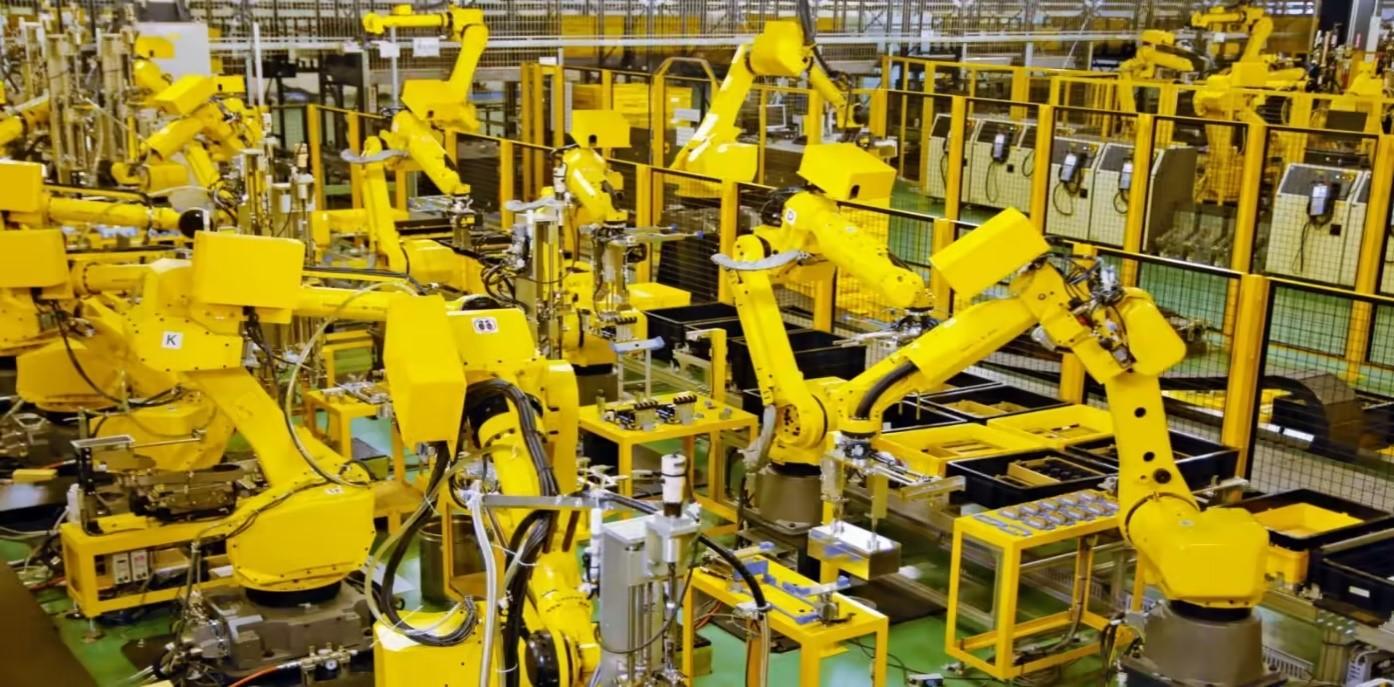Articulated robots, which have been an integral part of many industries since the 1950s, perform difficult or dangerous tasks where human muscle power is not enough. This type of robot, which maximises quality and reduces work accidents to zero, accounts for 90% of general use. The most common use is 6-axis robots. It offers ideal solutions for use in material handling, machine feeding, spot welding, arc welding, cutting, assembly, assembly, testing, inspection, sealant, grinding and polishing applications. Anatomy of Articulated Robots Articulated robots consist of several interconnected parts, called links, which are connected to each other through joints. These joints are designed to allow the robot to move with a high degree of flexibility, precision and dexterity. The joints of articulated robots can range from two to six or more, and each joint provides a degree of freedom (DOF-Degree of Freedom) that allows the robot to move in various directions. Advantages and Limitations of Articulated Robots Articulated robots offer several advantages over traditional industrial automation methods: 1) Flexibility: Articulated robots have a high degree of flexibility and dexterity, allowing them to perform a wide variety of tasks in various industries. 2) Precision: The use of advanced control systems, sensors and actuators allows articulated robots to perform tasks with a high degree of precision and accuracy. 3) Efficiency: Articulated robots can perform tasks faster and more efficiently than human workers, resulting in increased productivity and reduced labour costs.
Articulated Robots






